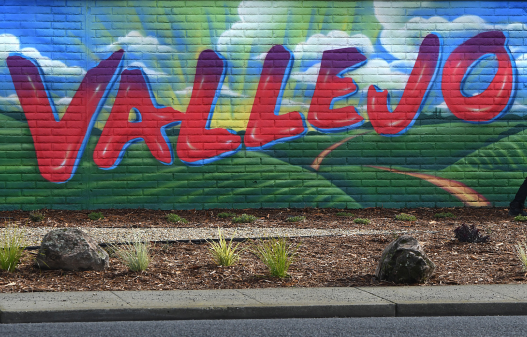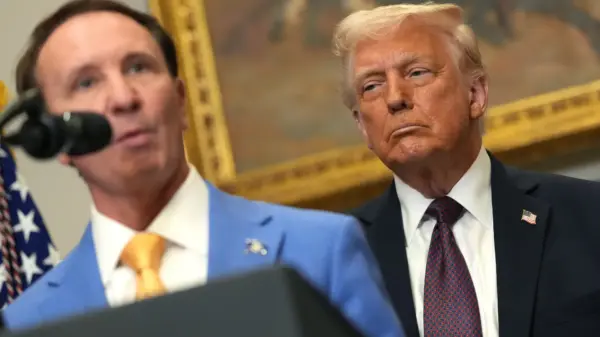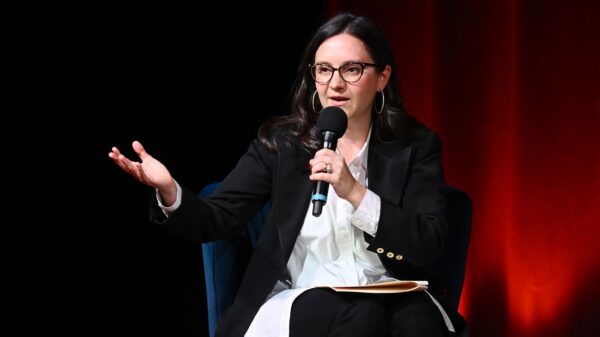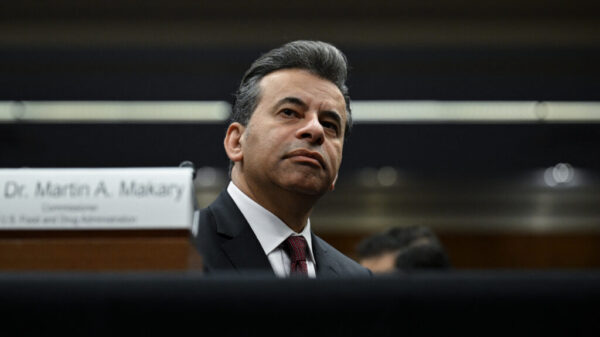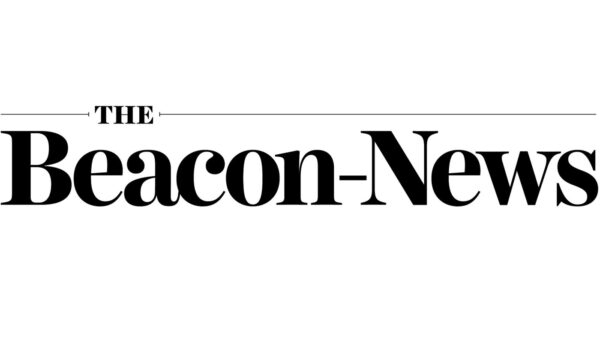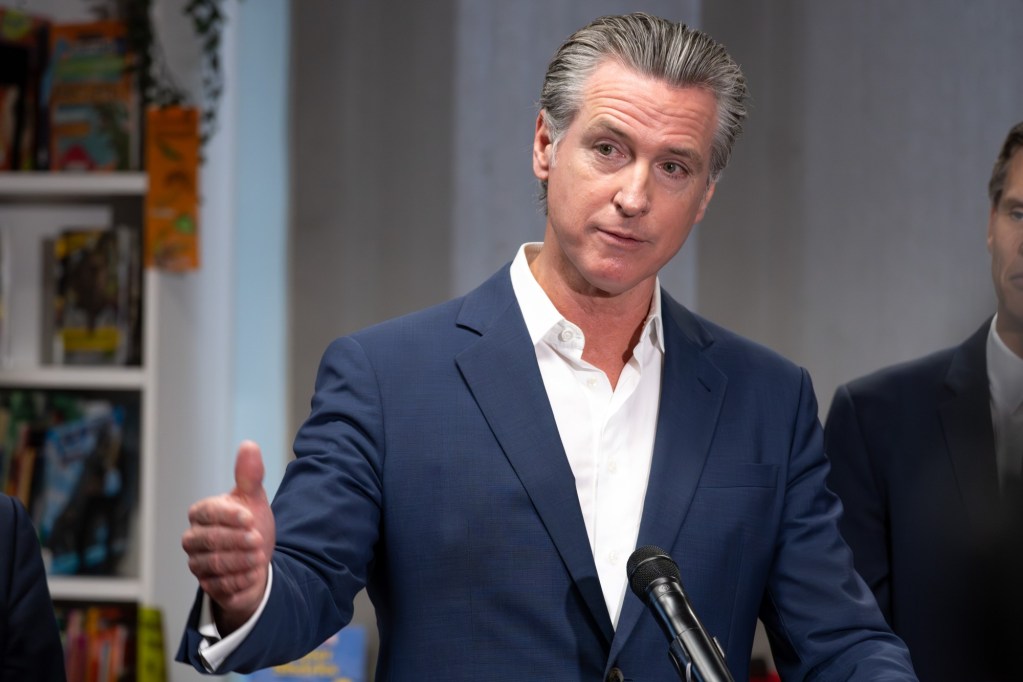California Governor Gavin Newsom is intensifying his opposition to President Donald Trump as he positions himself as a key figure in the Democratic Party’s strategy leading up to the 2028 election. His confrontational stance has garnered attention, but it has also raised concerns among some Democratic colleagues about the implications for party unity and governance in California.
Since deploying the National Guard to Los Angeles in June 2023, Newsom has shifted from traditional Democratic strategies to adopt a more aggressive approach reminiscent of Trump’s own tactics. Recently, he urged the University of Southern California to reject a proposal from the President that would alter admissions procedures and hiring practices in exchange for federal grants. Newsom threatened to withdraw state funding from any California institution that accepted the deal, highlighting his willingness to leverage state resources for political ends.
The governor’s push against Trump is not limited to university policies. Amid the ongoing government shutdown, Newsom has been vocal in urging Congressional Democrats to resist signing a continuing resolution with Republicans. He stated, “You take Donald Trump on his word? Come on. No one is that naive.” While he faces no direct consequences from the shutdown, this stance allows him to present himself as a leader willing to fight against perceived Republican overreach, all while avoiding accountability for any fallout.
Newsom’s growing prominence within the party comes at a cost. Some Democrats express concern that his focus on national issues detracts from pressing local challenges. Matt Mahan, the Mayor of San Jose, articulated these worries, stating, “I would like to see our governor be laser focused on addressing the basics.” He cautioned against a political strategy that emphasizes rhetoric over substantive governance, fearing it could alienate moderate voters.
As Newsom continues to amplify his national profile, he risks alienating factions within his own party. While his confrontational style may resonate with some liberal voters eager for a strong opposition to Trump, it could be off-putting to undecided voters who are crucial for a successful campaign in the general election. His strategy of positioning himself as the Democrats’ primary fighter against Trump may not translate well outside of California, where voters might seek a candidate focused on policies rather than political battles.
Newsom’s ambitions are clear, but they come with significant risks. His approach could cast him as a divisive figure if he is perceived as prioritizing personal political gain over effective governance. If Democrats hope to present a viable alternative to Trump in the next election cycle, they need a candidate who embodies unity and effectiveness, rather than one who mirrors Trump’s combative style.
Ultimately, Newsom’s strategy appears to be a high-risk, high-reward gamble. If he can maintain his resistance to Trump while delivering meaningful results for California, he may solidify his position as a leading candidate for the Democratic nomination in 2028. Conversely, if he falters in his efforts, he risks not only diminishing his own political prospects but also reinforcing the narrative that no Democrat can successfully oppose Trump. The coming months will be critical for Newsom as he navigates the complexities of party politics and prepares for a potentially contentious election landscape.





